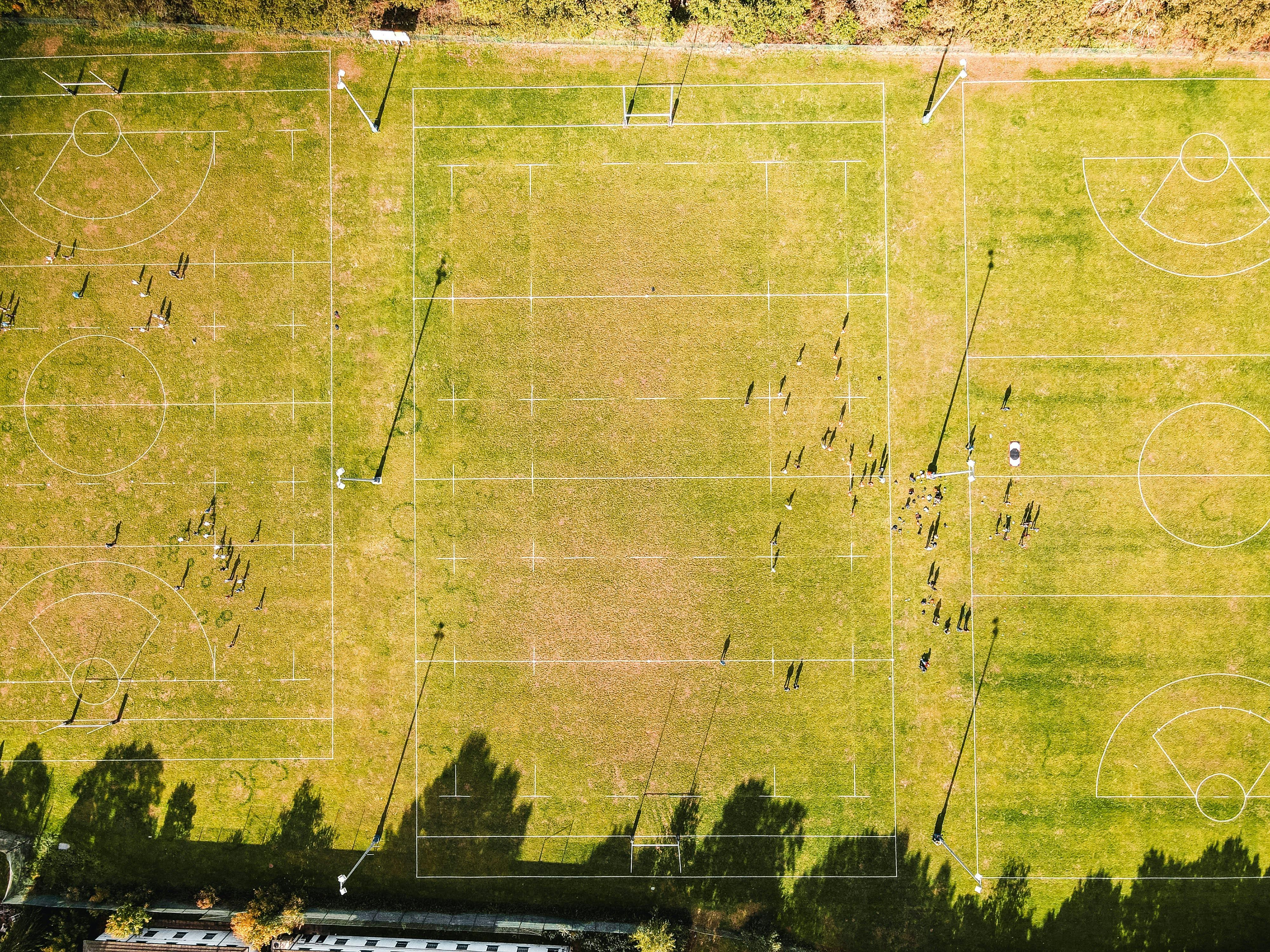Although the use of a driving simulator in driver training has many advantages for the student, driving instructors are often hesitant to use one. Students sometimes prefer to start their training in a real car and think of a simulator as a game. However, a driving simulator is definitely not a game – you learn the skills you need to drive a car safely.
Effectiveness
In a good simulator, the emphasis is on traffic participation, traffic rules, and traffic management in realistic traffic scenarios, not exclusively on vehicle control. And these are precisely the most difficult skills to learn in a learning car. A good driving simulator has the following properties:
· Skills are trained in a way that avoids mental overload on the learner. The training focuses on the automation of driving tasks such as changing gears, changing lanes, steering techniques, scanning when approaching an intersection, negotiating roundabouts, entering a motorway, overtaking, etc.
· A large number of traffic situations are practiced in a short space of time, which allows the student to acquire sufficient driving experience. In a simulator, specific skills can be trained very effectively. For example, in one hour of time, the learner can drive in a virtual world and encounter many more intersections than while driving in a real-world learning car. As you approach each intersection, visual scanning, use of directions and speeds, speed control, and priority rules can be trained and tested very effectively. Lack of driving experience in relevant traffic situations is one of the most important aspects of driver training and is an important determinant of driver safety.
· During a typical instructional car lesson, the instructor has little control over instructional traffic situations: they occur more or less randomly. During lessons in a simulator, instructional scenarios result in timely learning moments with high training value and guaranteed to happen. A simulator lesson is guaranteed to be effective for all learners.
· A good simulator has a ‘virtual instructor’, who continually assesses the learner’s behavior. Provide immediate feedback every time the student makes a mistake. This quick and systematic feedback results in faster learning from mistakes.
· In a simulator, students learn to drive in a safe and stress-free environment. The consequences of a mistake are not as serious as in the real world. Most people learn faster and better when they feel safe and relaxed.
Security
A study in the US clearly showed that learning to drive in a simulator has positive effects on road safety. The accident rate for trainees trained on a simulator dropped to 34% of the national average in the two years after training. This represents a 66% reduction in the number of accidents in young drivers.
When looking for a driving school, students are recommended to see which one has a simulator. You can learn to drive better and it can also be cheaper.




Recent Comments